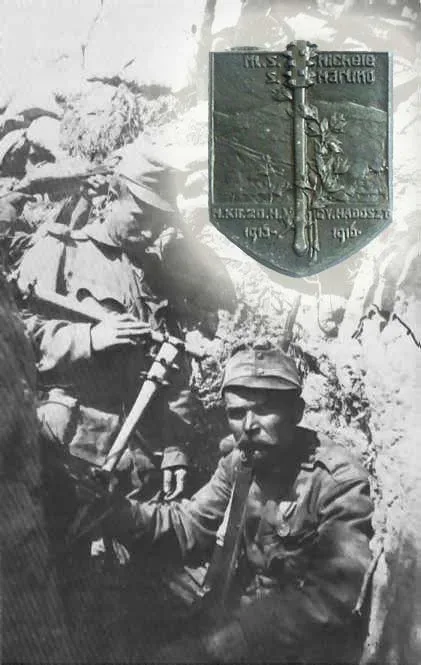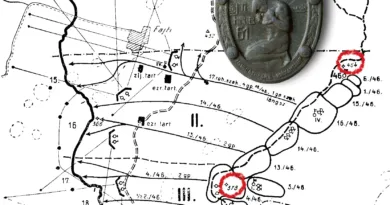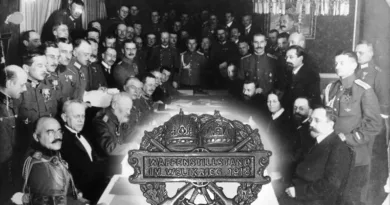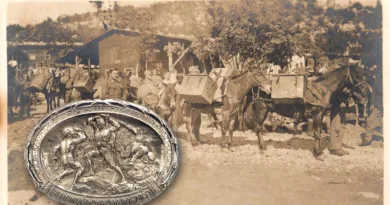April 1916: Mole war on the Karst
After the severe fighting of 1915, there was relative calm on the Italian front during the winter. The fighting intensified from March. During the spring, there were a local attacks on the trenches, the enemy was punched with great force. A comprehensive attack took place only later in May in Tyrol and then in the summer from the Italian side on the Karst and at Görz. April was marked by a murderous trench war. One particularly dangerous form of this was the underground mine blasting. In the spring of 1916, both Italian and Austro-Hungarian troops tried to destroy the unpleasant, dangerous sections of the enemy’s positions with mine explosions.
The Karst Plateau consists of hollow limestone cliffs between which shaft corridors can be excavated relatively easily and quickly. Utilizing underground caves diggers can quickly get under enemy positions, to be destroyed by high-intensity blasting. Defense against mine fighting was mainly done by drilling opposing mines. Based on the noise that seeped in from the ground, the defense tried to drill a tunnel over the enemy passage and prevent the enemy from blasting. During the months of April and May, the Italian works were successfully fended off several times. In other cases, the detonated charge did not cause major damage.

On April 19, 1916, the 39th Infantry Regiment fighting in the VII. corps met the Italian tunnel. The unexpected encounter paralyzed the trench workers on both sides: they ran back to the opening of their groove. Subsequently, the Italians flooded the two wells with coal gas. Armed infantry from both sides then infiltrated the tunnel and underground close combat started. The skirmish ended when the Italian soldiers retreated. The corps commander ordered the mine to be blown up near the Italian posts. But this could not have happened, as the work was prevented by the Italians. There weren’t enough explosives available either. Eventually, under the no-one’s land between the two positions, the tunnel was blocked by the detonation of artillery ammunition.
Building on the experience of the case, the Corps Command issued instructions on defending against mine attacks. In addition to regular monitoring, they ordered the drilling of a counter shaft if necessary. The most intense period of mine action was between April and August 1916 on the Karst. Mine war has not yielded beyond the adjustment of defense positions.

I enclose the beautiful badge of the 20th Honvéd Infantry Division for the post. In this we do not see any of the scenes of the mine war. Instead, the main motif is the melee weapon used in close combat, the “twenties”. It is a mace studded with horseshoe nails, introduced in the regiments of the division. Throughout the spring of 1916, the division was stationed on the Karst. The attached photo also shows the “twenties” in the hands of the soldiers. The map detail shows a blasting plan to reinforce a dangerously protruding trench section.




